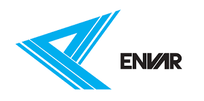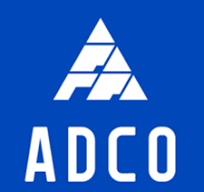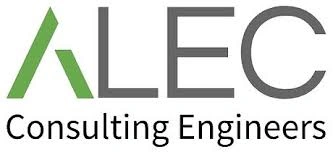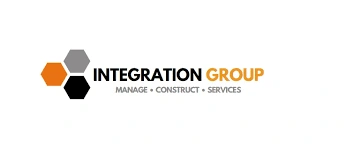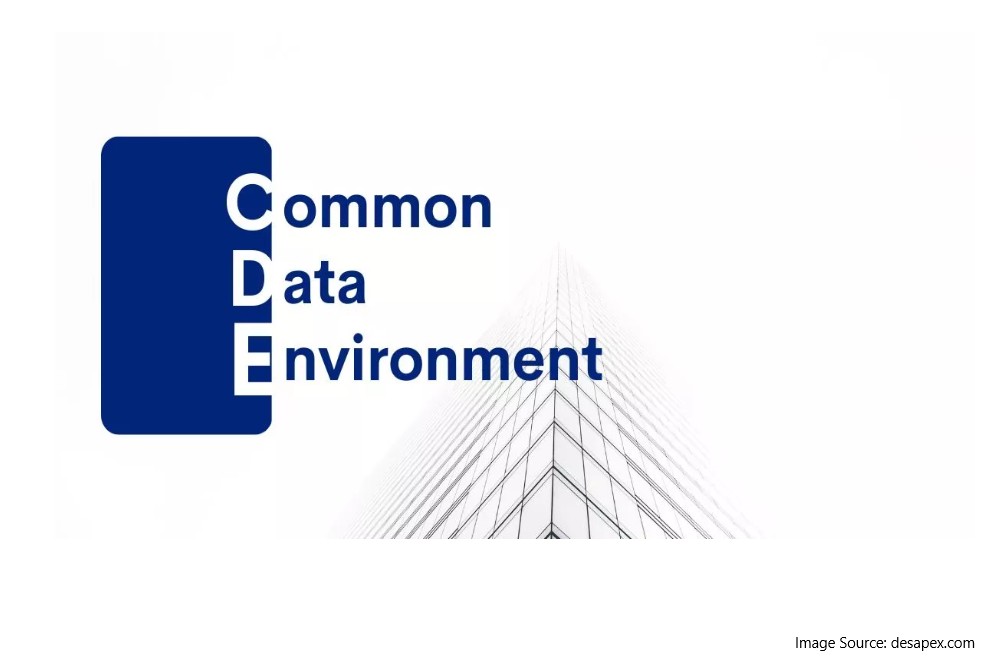
In today’s construction landscape, data is everywhere. Whether you’re working on a small interior refurbishment or a large-scale infrastructure development, modern projects generate an extraordinary amount of information—from early planning stages to post-handover asset management. Unfortunately, many project teams still struggle to manage and distribute this data effectively.
The result? Errors, rework, missed deadlines, budget blowouts, confusion among stakeholders, and even legal disputes. These issues are often the product of poor information management—when teams don’t have a clear, centralized system for organising and accessing project data.
That’s where the Common Data Environment (CDE) comes in.
What Is a Common Data Environment (CDE)?
A CDE is a centralized digital hub used to collect, manage, and share project information across all stakeholders. It acts as the single source of truth for everyone involved—architects, engineers, contractors, clients, and facility managers alike.
Whether it’s 3D models, drawings, specifications, reports, or communication logs, the CDE provides a structured and unified environment to store and access project data throughout the entire lifecycle—from design and construction to handover and operation.
This streamlined approach to information management supports better coordination, fewer errors, improved transparency, and ultimately, more successful project outcomes.
Why a CDE Matters
At its core, the CDE simplifies and secures the flow of information. For project managers, it provides visibility and control over timelines, tasks, and deliverables. For contractors and consultants, it ensures that everyone is working from the latest version of every file—minimizing the risk of rework or miscommunication.
In the context of Building Information Modelling (BIM), the CDE becomes even more critical. BIM relies heavily on real-time collaboration and data accuracy. A well-implemented CDE supports seamless BIM integration by ensuring that all models and related documents are consistent, version-controlled, and accessible to the right people at the right time.
What Can a CDE Store?
A robust CDE can host a wide range of data, including:
- CAD and BIM files (2D and 3D models)
- Technical specifications and reports
- Project contracts and compliance documents
- Asset and maintenance information
- Photos, videos, and drone footage
- Email threads and meeting notes
- Health and safety documentation
This creates a holistic digital record of the entire project.
Key Features of a Common Data Environment
A well-functioning CDE typically includes:
- Version control: Everyone works from the most up-to-date file, reducing confusion and rework.
- Access permissions: Role-based controls ensure sensitive data is only accessible to relevant users.
- Audit trails: Full history of changes, edits, and uploads for traceability and accountability.
- Collaboration tools: Real-time commenting, issue tracking, and markups to streamline communication.
- Structured data management: Consistent file naming, tagging, and categorisation to make searching easier.
- Cloud-based accessibility: Remote access, scalability, and secure data storage across geographies.
Who Should Manage the CDE?
Ownership and management of the CDE depend on the size and complexity of the project. On larger builds, the responsibility often falls to the Digital Engineering Manager, BIM Manager, or a dedicated Information Manager. On smaller projects, the main contractor or lead consultant may take the lead.
Regardless of title, the role must include a strong understanding of data management, BIM workflows, and stakeholder communication. More importantly, the manager should enforce standards, naming conventions, and access protocols to maintain data integrity throughout the project lifecycle.
The Draftech Advantage
At Draftech, we help our clients get the most out of their project data through the smart implementation of CDE platforms and processes. Our team brings deep expertise in BIM, digital collaboration, and project coordination—helping construction professionals work smarter, not harder.
A well-structured CDE doesn’t just improve project delivery—it becomes a powerful tool for future asset management and operations.
Draftech – Your Project, Our Expertise
Testimonials
Thank you for all your efforts on our projects; they have been an invaluable contribution to their success. We look forward to working with you on future projects.
Ian Ferguson MPM Group
Jess and Karl at Draftech were amazing. The communication from the start was prompt, and the entire process was extremely easy. We needed their knowledge on Air Schematics, and they had made one up for our buildings that we service. Thanks so much, and we will be using you guys in the future. Cheers, Air Control Australia.
Greg Colebrook AirControl Australia
With Draftech’s thorough understanding of building services modelling and close attention to detail, Forth has been afforded the opportunity to outsource some of our BIM projects with absolute confidence in the accuracy of the final product.
Gary Murdoch Forth Consulting
Very professional and efficient organization. Delivered a great product to a tight deadline.
ACE Power
Karl and the team are very professional and have a vast knowledge of BIM coordination.
Dwayne Willaims Babinda Electrics
We had multiple large projects with tight deadlines and needed a company we could trust. The teams delivery, attention to detail and understanding of what is being designed is always executed to a high standard.
Martin O’Donovan Envar Engineers
Draftech offered a flexible and reliable approach to working collaboratively with our team. They met our expectations and quality requirements and also offered up new ideas.
Draftech have proven to be a valuable and trustworthy resource and we will continue to work with Draftech on other projects.
Simon Marsden Umow Lai
Draftech is different from others in the professionalism and features they provide.
The ability to walk through projects in real time online provides invaluable insight into problem areas and helps provide an efficient resolution on the spot without many phone calls, emails and the necessity for us to paw through countless drawings to understand the issues.
Todd Morris Manager - Air mech
Draftech were put forward to FIP Electrical as the solution to Coordinate, Model, carry out clash detection, provide Electrical Services Shop Drawings, as built documentation and completed electrical model.
Simon Thorpe FIP Electrical
In close collaboration Draftech set up all our systems and model deliverables. In this process Draftech have proven to be a valuable resource for us and demonstrated commitment, understanding and professionalism.
David Skelley DJCoalition
Draftech’s attention to detail and proactive nature throughout the project assisted us in identifying issues before becoming evident on site, saving us both time and unexpected costs.
Matt Payne PJM Engineering Services
They delivered very high quality Revit models and associated 2D documentation at key milestones, working to a tight budget and in strict accordance with the Architects’ BIM requirements.
Peter Thomas Geoff Hesford
We found Draftech’s work to be of high standard and the team delivered exactly as agreed, in fact, when we considered the project complete, Draftech put further resources into the project as they were not satisfied.
John Johnson Beca
Engaging Draftech during design gave us the tools to make smart decisions.
Hansen Yuncken Design Manager - Michael Harkins
The drafting service is timely, reliable and fit for purpose for the built environment.
Peter Harvey Harvey Industries
Draftech stands apart from other drafting services that we have previously used in their attention to detail and ability to adapt to the individual client’s requirements.
Doug Holt McCaig Aircon
I can confidently recommend Draftech as a solid and reliable supplier, and experts in their field. I look forward to working with them again in the near future.
Chris Behan Norman Disney & Young
After seeing the benefits Draftech provided us on the Townsville Hospital Redevelopment we have set up a relationship with Draftech and intend to continue to use their BIM knowledge and skills for our future projects.
Brad Lund Energy Power Systems
Draftech has no competition as they are in a class of their own.
John Boyes Babinda Electrics
Draftech Developments Drafting and Design Capabilities, in conjunction with their outstanding level of Client service and support has provided great solutions to our engineering and Drafting Design portions within our Gorgon Barrow Island Project.
Aaron Hazelton Applied Electro Systems Pty Ltd
Draftech set up necessary systems and workflows very quickly, but also setup auditable estimating and weekly cost tracking processes that we utilised, requiring little maintenance.
TOM PURDON MPM GROUP























